- 4 Comments
- Chelsey Landry, RD
- Originally Published: January 23, 2024
This blog has been contributed to by Dr. Julie Sweeney. Dr. Sweeney is a pediatrician and mom of 3 boys with multiple food allergies. Learn more about Dr. Sweeney and Allergy Mom MD.
Ever hear about that “rule” that you have to wait 3 days before introducing a new food to your baby? It’s typically called the “3 day wait rule”.
And we think you should ditch it.
Even though many doctors (and regulatory bodies) are still doling out this advice…we know that as a team of registered pediatric dietitians, speech-language pathologists, a pediatrician, and moms…this “rule” is unfounded. It mainly stems from fear-based assumptions about allergies, lack of research, failure to update guidelines, and general old wives’ tales.
Keep reading to find out if you ever need to wait between introducing new foods, why this is an outdated rule, and how many new foods you can introduce at once.
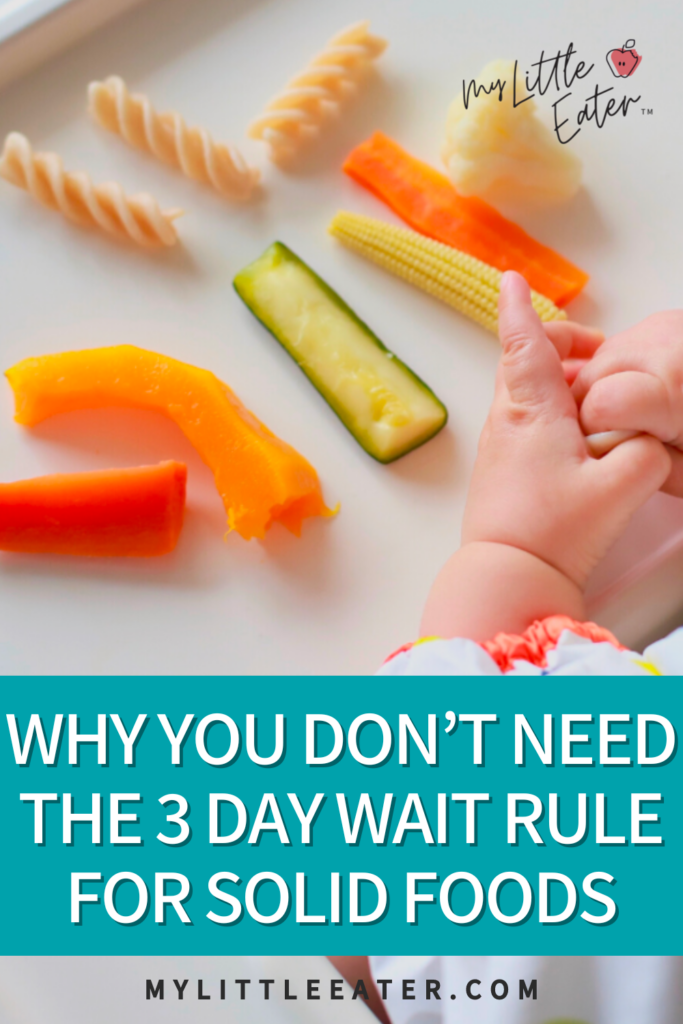
To find all the in-depth, research-backed info for starting solids in one place, and to get access to our signature Texture Timeline™ that has been tried and tested by thousands of parents, sign up for our Baby Led Feeding online course!
Learn all about introducing solid foods in a way that feels comfortable for you and your baby. Plus, learn how to advance your baby in textures from there so you don’t get stuck.
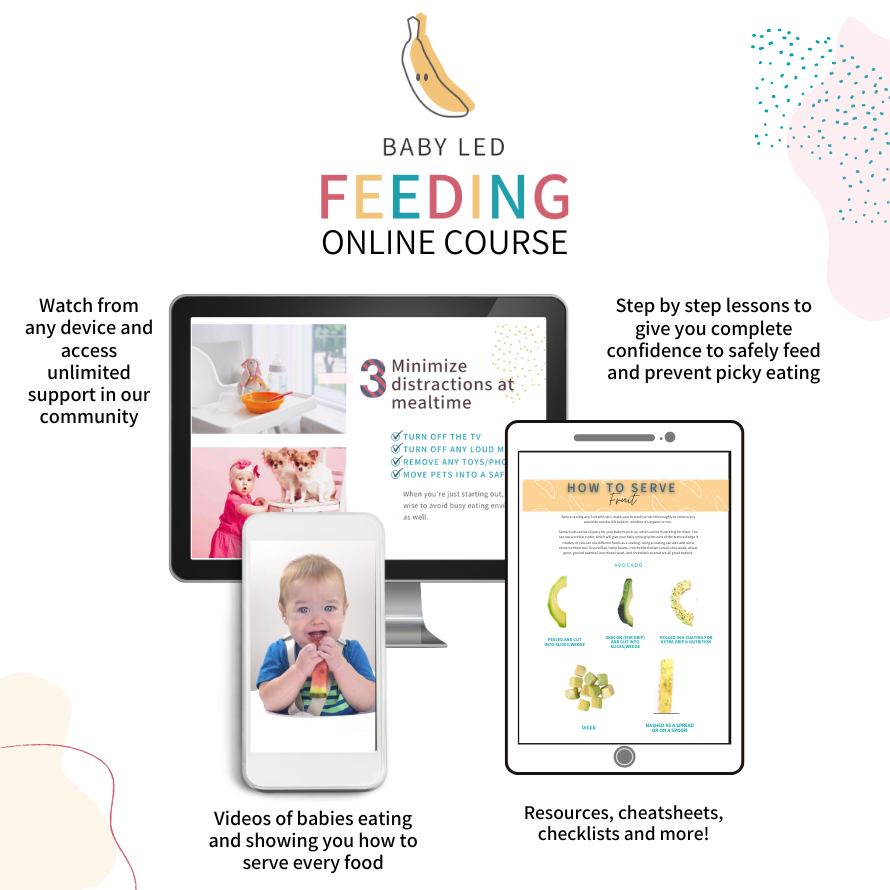
Table of Contents
Why the 3 day wait rule was created
The original idea for this recommendation was to be able to rule out allergic reactions to different foods your baby was eating.
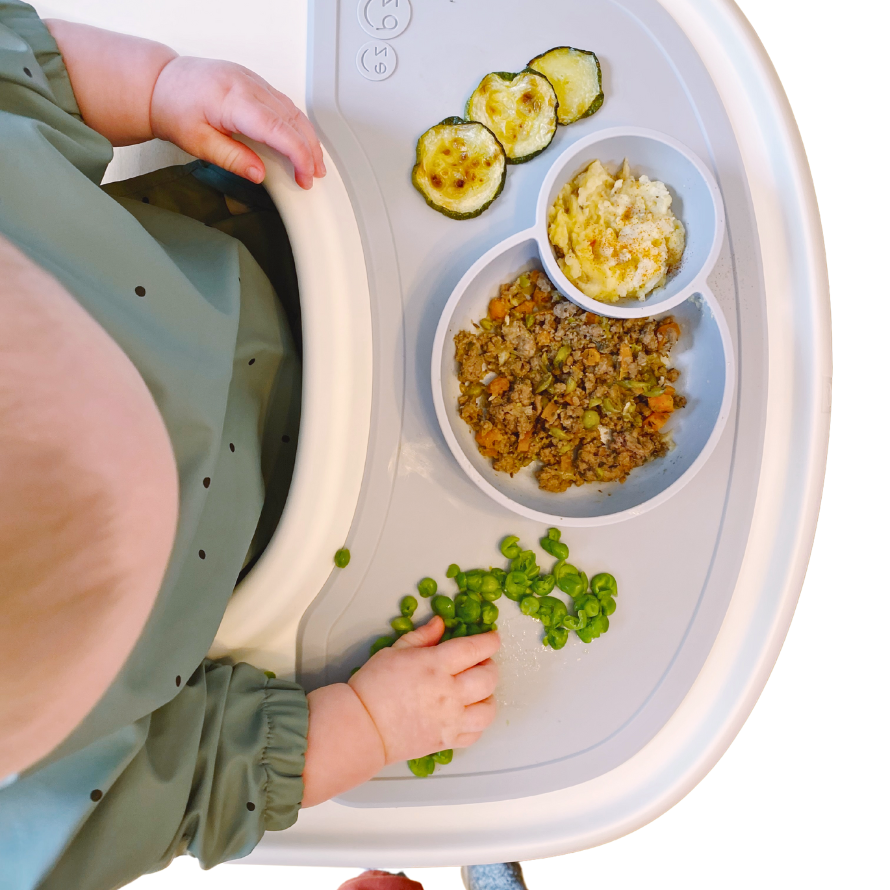
The thought was that if you only introduced one new food every 3 days it would be very clear which food had caused an allergic reaction if it were to happen. Knowing which food caused any symptoms meant you could confidently eliminate the correct food from your baby’s diet, and speak with their doctor in order to have proper testing for food allergies completed.
Before we jump into why this just isn’t realistic or necessary, let’s review what the major governing bodies have to say about the 3 day wait rule.
Current recommendations on the 3 day wait rule for food allergies
The stance and adaptation of the 3 day wait rule from three major governing bodies, including the American Academy of Allergy, Asthma, and Immunology, the Centers for Disease Control, and the American Academy of Pediatrics are included below.
These provide various perspectives and cover the main governing bodies that parents like yourself may go to for guidance on such topics.

AAAAI
As per the American Academy of Allergy, Asthma, and Immunology, this cautionary waiting period is to evaluate for adverse reactions while introducing new foods, with a goal of identifying foods that cause an allergic reaction (1).
CDC
Centers for Disease Control and Prevention advises to “let your child try one single-ingredient food at a time at first. This helps you see if your child has any problems with that food, such as food allergies. Wait 3 to 5 days between each new food” (2).
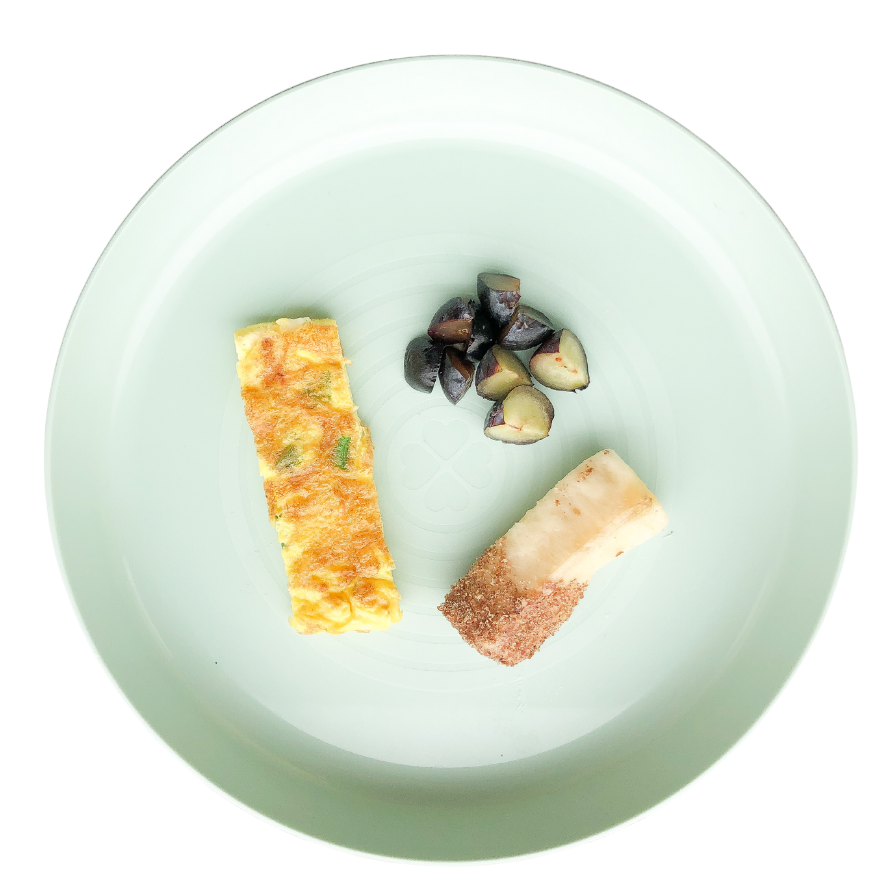
AAP
The American Academy of Pediatrics recommends giving your baby “one new food at a time, and wait at least 2 to 3 days before starting another. After each new food, watch for any allergic reactions such as diarrhea, rash, or vomiting” (3).
My Little Eater
Recommendation
Recommendation
Despite these regulatory bodies continuing to recommend using the 3 day wait rule for starting solids, current research does not support this approach.
We now know that exposing babies to a wide variety of foods early on, including highly allergenic foods, is in their best interest. We’ll get into all the details in a bit, but the current research is what informs our opinion and recommendation.
Therefore, we recommend that you follow a specific protocol for introducing the highly allergenic foods only (read our blog on the top allergens to get more info on that). BUT – for all non-highly allergenic foods, we recommend that you offer as much variety as possible and forget about using the 3 day wait rule!
Why we don't recommend the 3 day wait rule
We know it may seem surprising that we would disagree with major governing bodies, but we can’t ignore the research and what we know from experience is best for babies in the long-term.
So let’s go over why we feel that the 3 day wait rule is outdated – and we even collaborated with a pediatrician on this (spoiler: they feel the same way!).
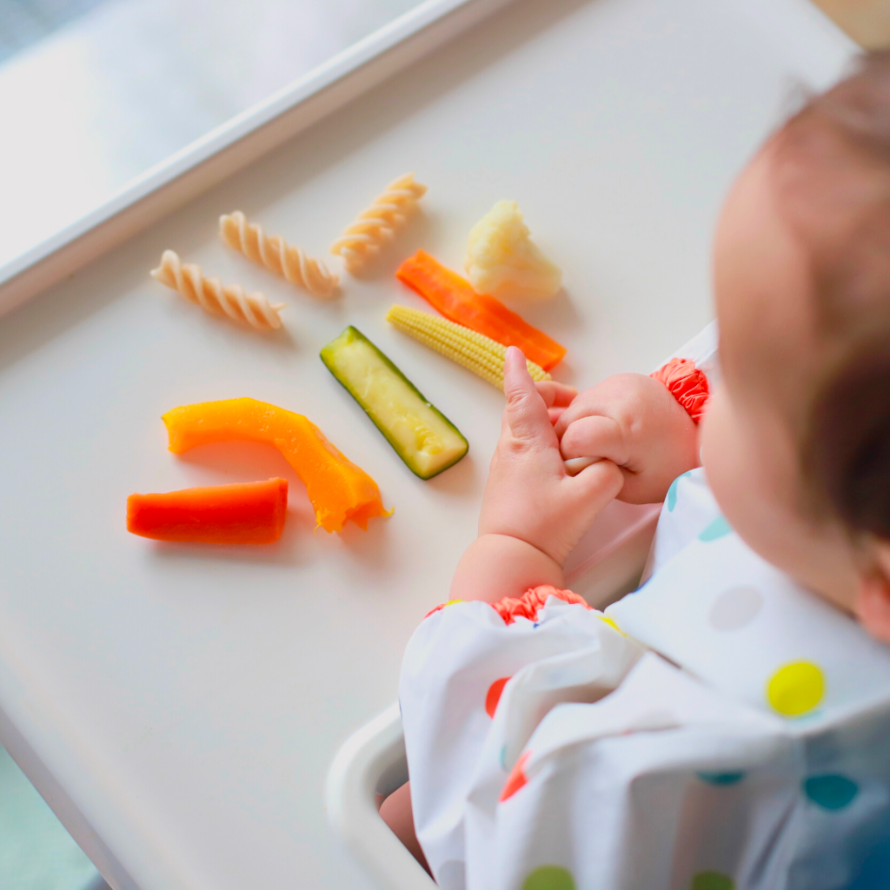
Babies need variety for practice & to prevent food allergies
If we were to wait 3-5 days between introducing each and every new food, your baby would be off to an extremely slow start to experiencing as many new foods as possible within the first year of life.
Rather than having the potential to experience over 100 different foods by 1 year of age, waiting 3 days between introducing any new food means babies are only getting 5-7 new foods a month (or 15-21 new foods by 9 months of age).
For reference, our 60 Day Baby Led Feeding Meal Plan introduces over 115 new foods in just 9 weeks – and this quick pace is incredibly important!
We need to introduce as many different foods (flavors and textures) as possible during the critical period between 6-9 months of age while baby is developing taste and texture preferences (4).
The more exposure a baby has to different foods during this period of time, the more likely they’ll accept these foods long-term and more easily learn the skills to eat them.
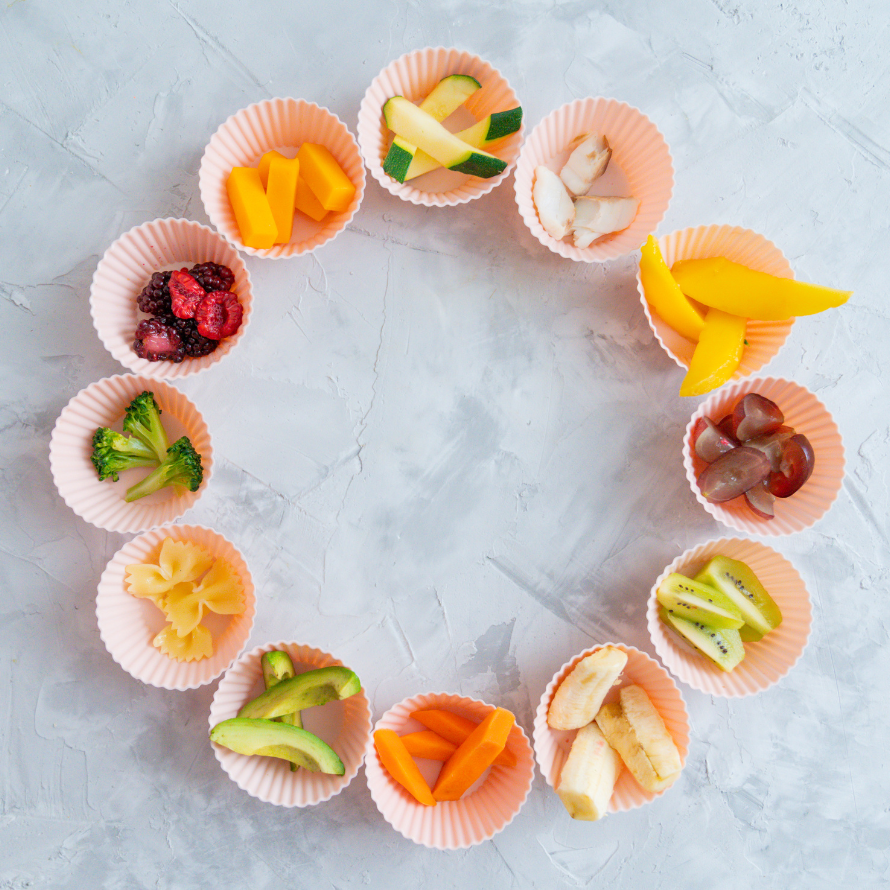
In addition, following the protocol of a 3 day waiting period can actually have a negative impact by limiting food diversity for your baby early on. This is something that researchers have confirmed to be associated with an increased risk of allergies (5).
In fact, research has shown that introducing a diverse diet in the first year of life has been shown to reduce the risk of atopic dermatitis, asthma, and food allergies until up to 6 years of age (5).
Finally, when 10 months+ hits and many babies-turning-toddlers start to drop previously liked foods and enter a picky eating phase, you now have a much smaller pool of foods to work with. If you have a broader number of foods introduced and accepted in babyhood, this will give you more to work with on your menu in toddlerhood.
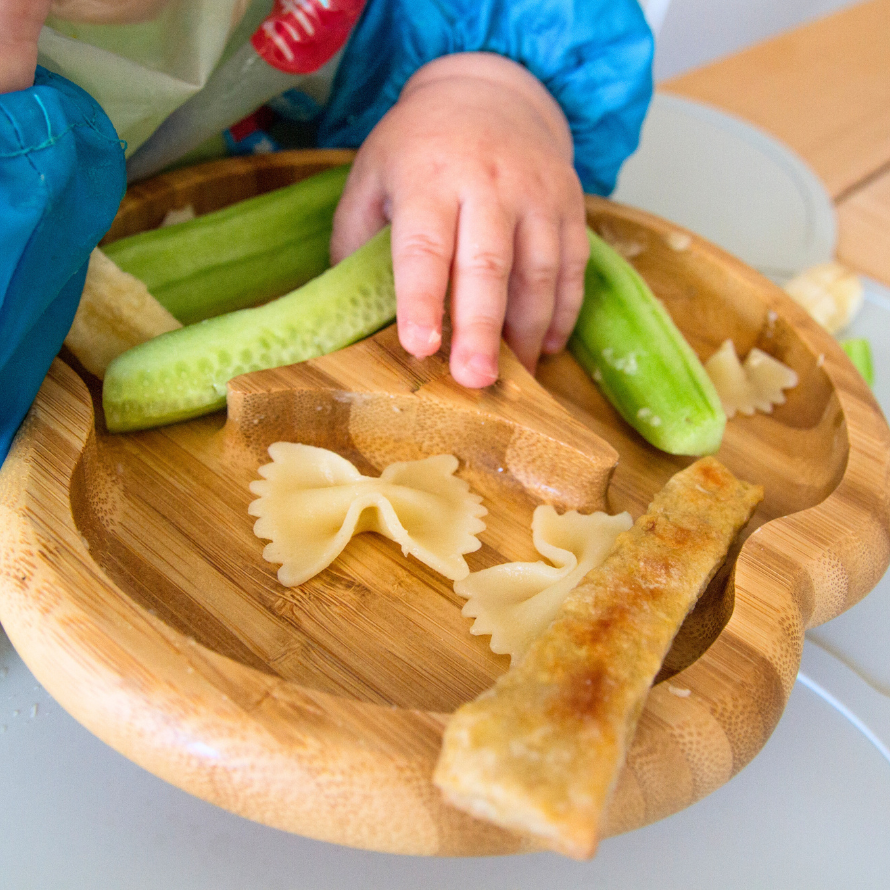
Food allergy reactions appear quickly
As mentioned, the original concept for the recommendation of waiting 3-5 days between new foods was to be able to rule out any allergic reactions to different foods your baby was eating. However, we know that a 3-day waiting period doesn’t match the clinical timeframe of most allergic reactions (5).
Research has shown that allergy symptoms resulting from the body’s immune system making antibodies (AKA IgE-mediated food reactions) typically occur immediately or within 2 hours of ingestion of the offending food (5).
Two. Hours.
A far cry from 3 days, that’s for sure!
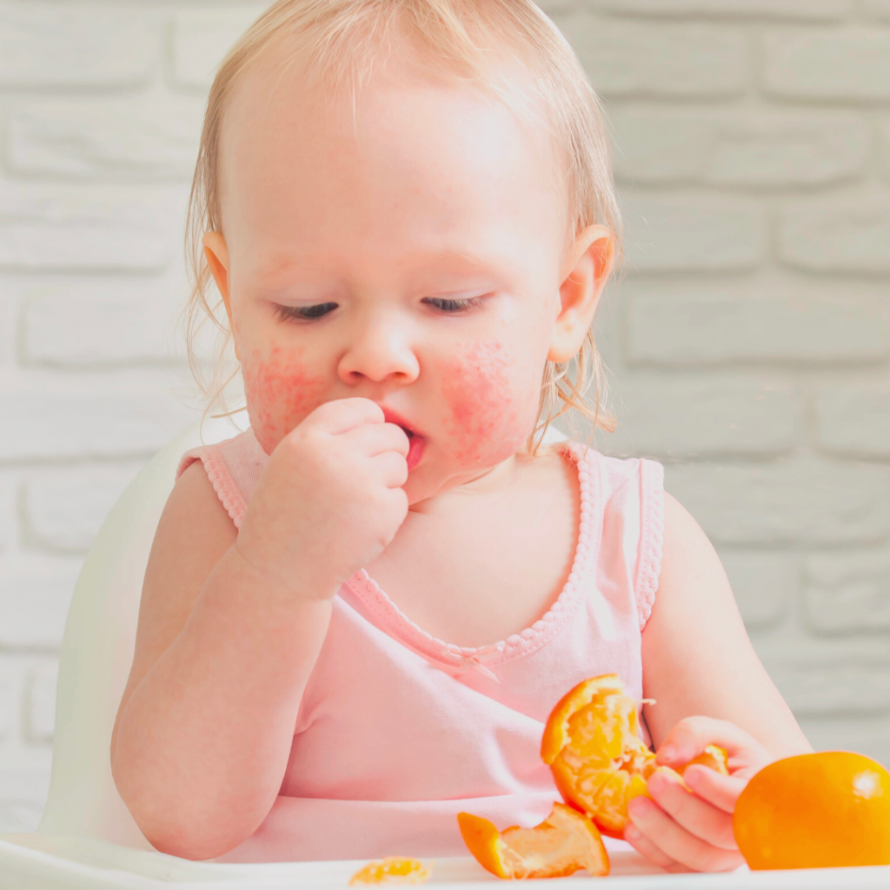
Signs of allergy or anaphylaxis in infants that may show up in this time-frame include…
- skin rash (hives)
- vomiting
- scratching
- fussiness or crying
- increased drooling (which may reflect difficulty swallowing)
- swelling of the lips
- a cough
- wheezing or high-pitched sound
- and difficulty breathing
Just because they don’t have a rash doesn’t mean it is not an allergic reaction. Call emergency services if you have any doubt about a severe allergic reaction.
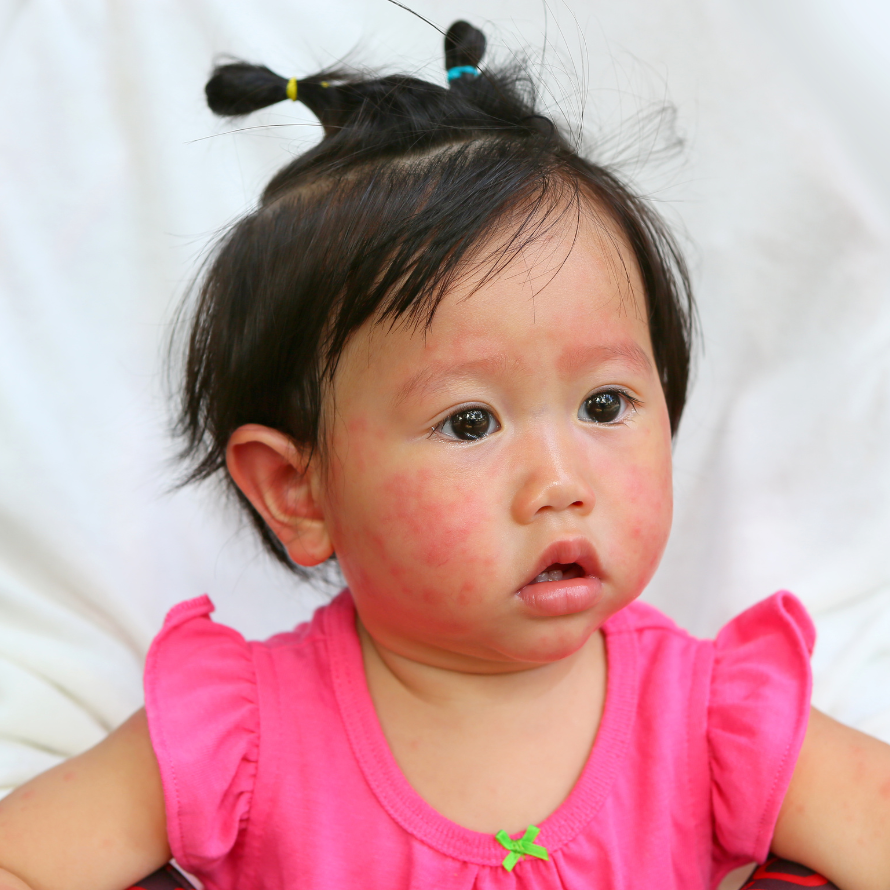
When it comes to food protein-induced enterocolitis syndrome (FPIES), the symptoms are quite different. This type of allergy is common among children between the ages of 0-3 years old and causes a “severe gastrointestinal reaction” (vomiting, diarrhea, dehydration) that “generally occurs two to six hours after consuming milk, soy, certain grains and some other solid foods” (6).
This is one example of an allergic reaction that does not involve antibodies (AKA non-IgE-mediated reactions). Typically, with these types of allergic reactions, symptoms can occur 1-4 hours after ingestion of the suspect food (5).
All in all, when you’re looking for symptoms of any type of allergic reaction, you should reliably see these within the first 24 hours.
In fact, sometimes reactions are so quick that if you’re an anxious parent and you have a high-risk infant, just give the amount on the tip of the spoon, wait 10 minutes to watch for a reaction, and then go ahead and give the rest of the spoonful. We actually recommend this protocol for the first introduction of all top allergens.

Note: Allergic reactions can be much worse the second time around. For the top allergenic foods only, we recommend introducing the same allergen for a second time to rule it out completely and make sure there were no symptoms that may have been missed the first time.
Pro Tip!
Pro Tip!
For top allergens, use the weekends or a 2 day stretch when you will be available to feed your baby and observe them for a reaction, rather than letting daycare be responsible for this. You know your baby best!
Allergy rates for most foods are very low
We know with much more certainty that the risk of developing a food allergy or reaction to a particular food that is not on the highly allergenic food list is extremely low. The repercussions of waiting 3-5 days between introducing new foods can be much worse than the very minimal risk of developing a food allergy to – let’s say – steak or green pepper.
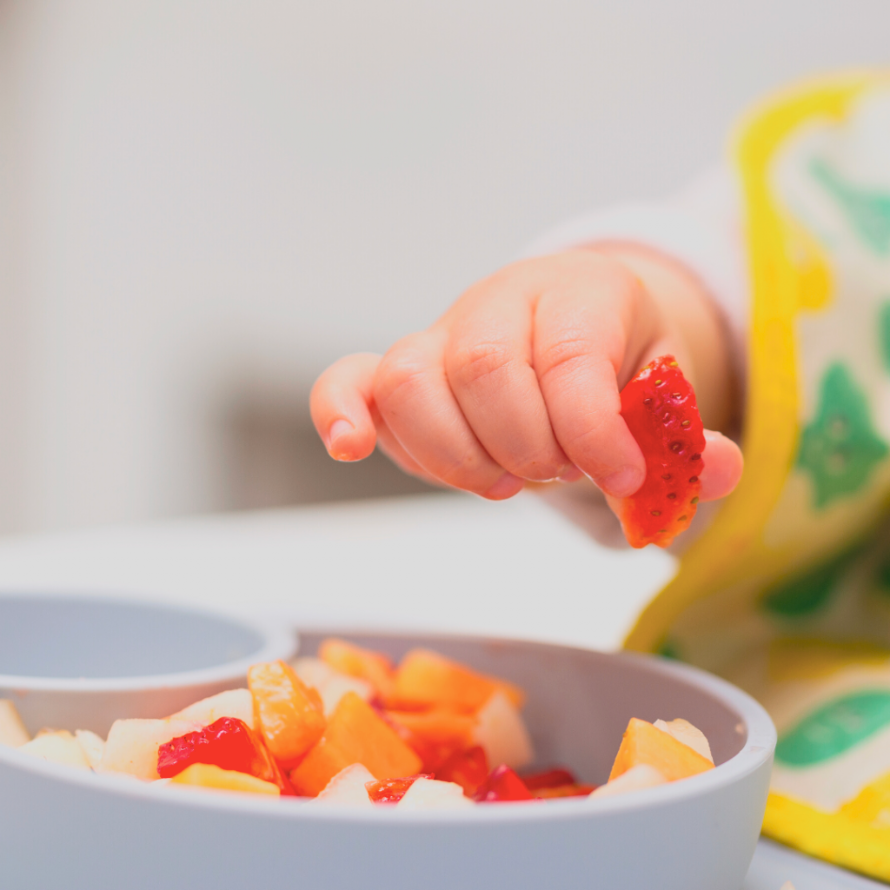
Here are the stats… 6-7% of children develop a food allergy, and of those allergies, less than 10% come from beef, chicken, or other non-highly allergenic foods. And of those, only 0.3% of the entire population have an allergy to beef, for example (7).
Compared to more than 90% of food allergies that are caused by the same 10 foods (what we call highly allergenic foods or top allergens).
Within the 6-7% of children who develop a food allergy, the prevalence of having an allergy to each of those foods is shown below (8,9,10). These are the foods that are most likely to cause an allergic reaction. Not food like cereal, fruits, vegetables, and meat which are all great foods we recommend introducing early and freely (5).
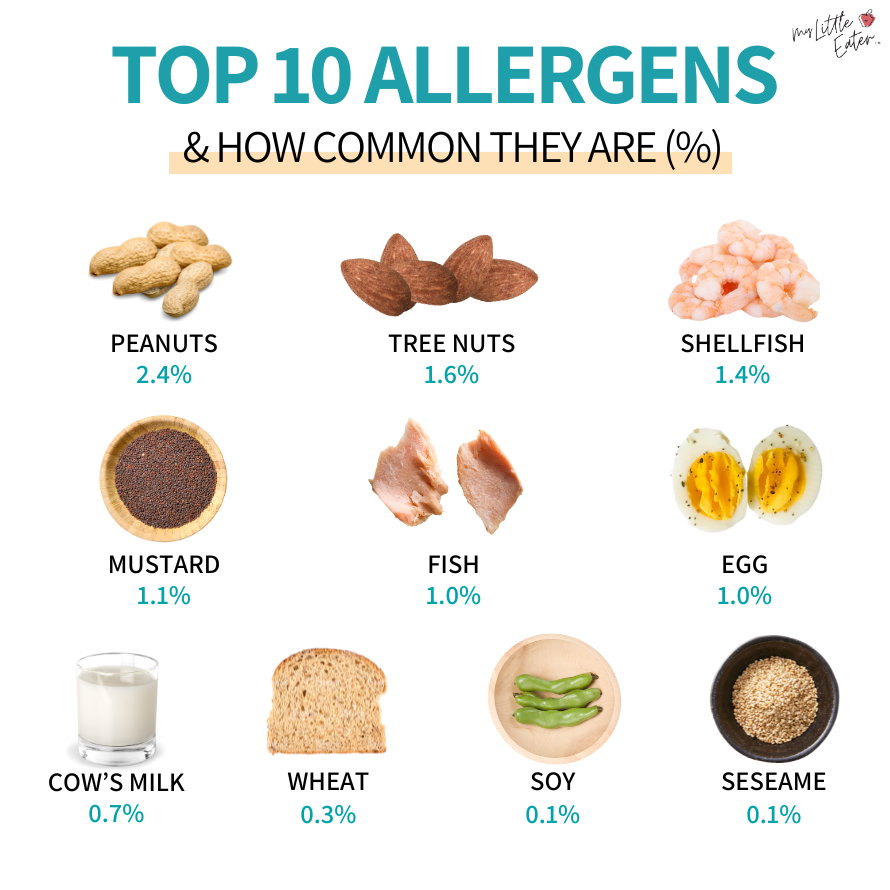
And as we’ve mentioned, a huge factor in preventing picky eating is allowing your baby to experience a variety of solid foods during their critical period of 6-9 months of age. An impossible task if you serve one non-highly allergenic food at a time and wait 3-5 days before the next new one.
Overall, the benefits associated with your baby experiencing enough variety during this critical period far outweigh the extremely minimal risk of reaction to a non-allergenic food (like chicken).
Waiting protocol is for top allergens only
As we mentioned previously, the top allergens are the only foods that have to be introduced with a specific protocol – including a waiting period. For these 10 foods, you do have to wait a 2 day stretch before you pick another highly allergenic food to introduce.
BUT – this doesn’t mean you can’t introduce other non-highly allergenic foods during those 2 days.
New research has shown that the early introduction of top allergens, and continuous regular exposure to them, can prevent food allergies from developing (11). You can start serving highly allergenic foods regularly to your baby around 6 months when they start solids (or sooner if they’re high risk).

Remember, as you rule out top allergens, it’s important to keep offering them alongside other foods as well. If there is no reaction, continue to feed the top allergenic foods at least 2-3x a week as you continue to introduce other foods.
FAQs
Can you offer more than one new food per day?
Yes, you can and you absolutely should!
There is no need to “ease” babies into solids and flavors by only offering one food at a time or by just sticking with bland foods and flavors in the beginning.
Offering a new food daily is a great practice to ensure your baby is getting exposed to a wide variety of textures and flavors early on (during that critical period of 6-9 months of age). Keep in mind that spices are an excellent way to add variety and broaden the types of food your baby will accept over time.
What if I want to serve one food at a time?
At the end of the day, that’s completely up to you!
We know that it can be really scary to think about your baby having a food allergy, and since baby led weaning can be nerve-wracking to begin with – it’s a lot! But, even when serving purees, we highly recommend buying or making purees with multiple ingredients (or serving more than one single ingredient puree per meal) to offer more nutrition and allow for exposure to various flavors.
Providing a balanced meal for your baby means offering a food high in iron, a food high in fat, and a produce option at every meal. This type of variety in nutrition isn’t possible with single-ingredient meals, and despite what many people say, food before one is not just for fun. It has many benefits and offering well-rounded nutrition, and practice with different flavors and textures are some of them.
If you need to offer single-ingredient meals for the first week or so – that’s ok! But don’t get stuck there and make sure you’re moving toward more advanced textures and meals, even if that’s at a gradual pace (that’s what the Texture Timeline™ is all about!).
Is there a recommended order for introducing new foods?
There’s still a common misconception out there that babies may not be able to handle certain foods early on. But the truth is…
There’s no specific order in which solid foods need to be introduced to your baby.
Many websites incorrectly claim that vegetables should be offered before fruit, that meat or grains shouldn’t be offered until a couple of months into starting solids, or that mixed meals need to be introduced after single-ingredient foods. We now know after many years of experience and research, this isn’t true at all!

Babies can eat grains and starches, fruits and vegetables, meat, beans and pulses, soy, dairy, and more, from day 1 when they begin eating solid foods.
You can mix them all in one meal or have multiple foods over multiple meals (as long as they aren’t a top allergen).
And for those of you who aren’t sure what to serve or what foods to start out with – we’ve got you covered! We’ve created the perfect baby led feeding meal plan to guide you through the first months of starting solids.
This isn’t just a regular meal plan with a list of recipes, we’ve also included grocery lists, tips for serving food safely, and you’ll get our food checklist with over 115 foods you can check off as you serve them to your baby. It’s perfect for keeping track of all that variety and allergy introductions!
See it in action by following our realistic example of the first week of starting solids.
Key Takeaways
- Introduce your baby to as many different foods as possible during the critical period of 6-9 months of age. Introduce different textures of food, flavors, and spices daily.
- There is absolutely NO need for babies to have to wait 3 to 5 days between the introduction of new solid foods that are not highly allergenic.
- Introduce top allergens early and often, following updated guidelines.
- Offer your baby balanced meals with a high iron food, a high fat food, and produce to ensure they get the nutrition they need (model their meals after your own when you can to make things easier, less stressful, and more enjoyable!).
Want to learn everything you can about feeding your baby from 6-12 months of age? Join the Baby Led Feeding online course! You’ll get access to all the in-depth, research-backed info for starting solids in one place. Plus, you’ll get immediate access to our signature Texture Timeline™ which has been tried and tested by thousands of parents.
Introduce solid foods in a way that feels comfortable for you and your baby while learning how to advance your baby in textures so you don’t get stuck in one phase!
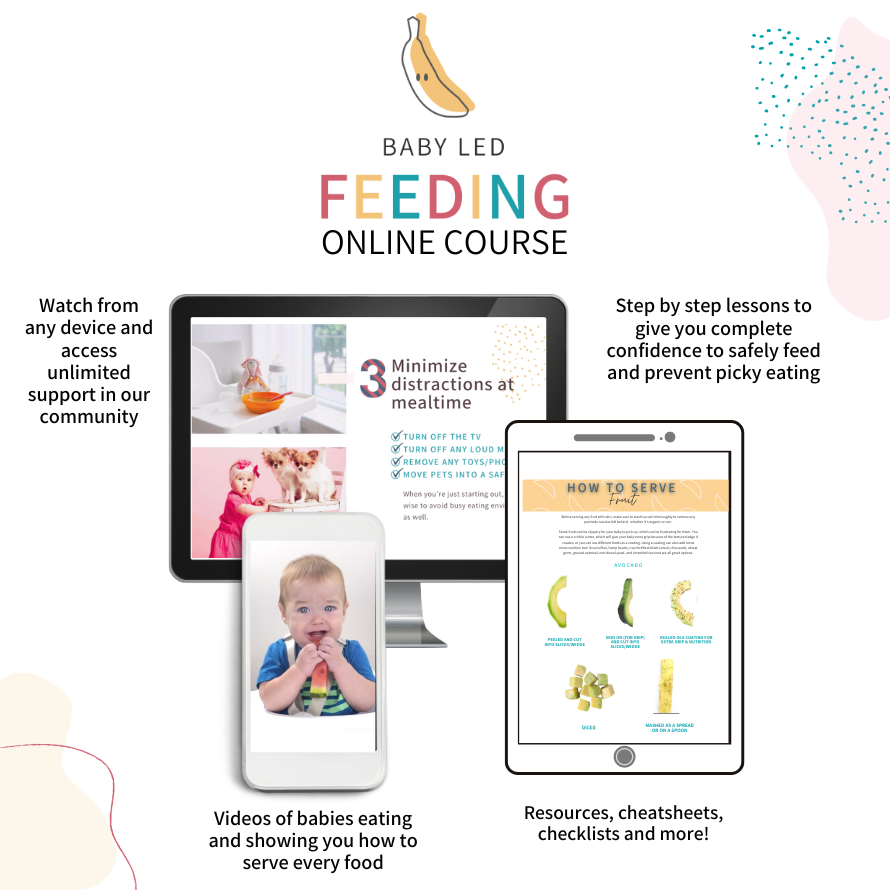
Was this helpful? Pin it to save for later!
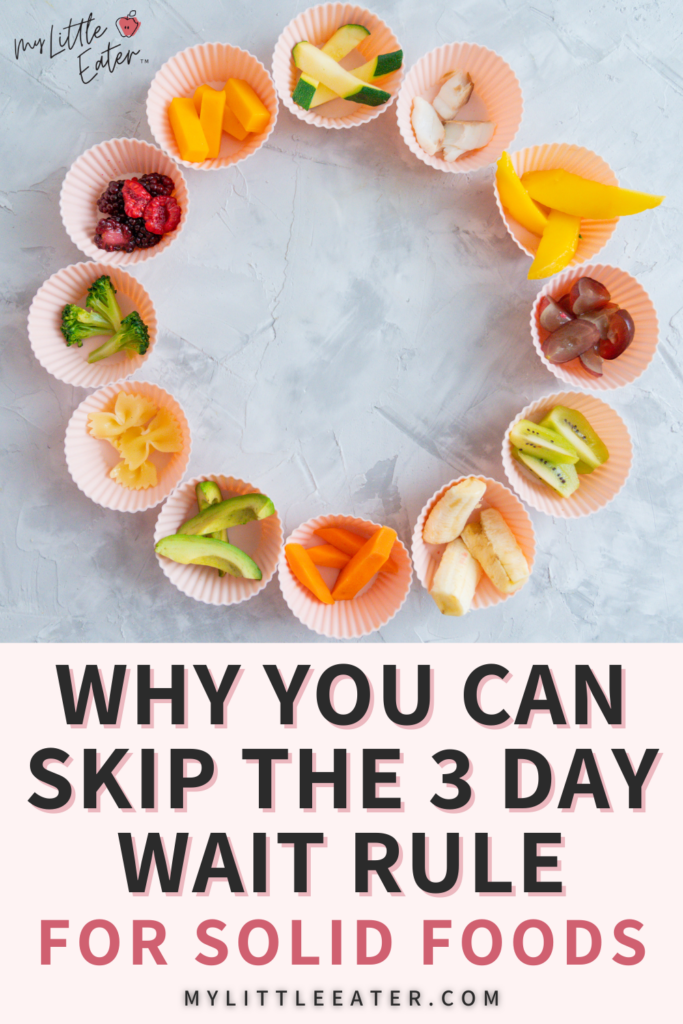
References
- The American College of Allergy, Asthma, & Immunology. Prevention of Allergies and Asthma in Children. https://www.aaaai.org/Tools-for-the-Public/Conditions-Library/Allergies/prevention-of-allergies-and-asthma-in-children
- Centers for Disease Control and Prevention. When, What, and How to Introduce Solid Foods. https://www.cdc.gov/nutrition/infantandtoddlernutrition/foods-and-drinks/when-to-introduce-solid-foods.html
- American Academy of Pediatrics. https://www.healthychildren.org/English/tips-tools/ask-the-pediatrician/Pages/When-can-I-start-giving-my-baby-peanut-butter.aspx
- Harris, G., Mason, S. Are There Sensitive Periods for Food Acceptance in Infancy?. Curr Nutr Rep 6, 190–196, 2017. https://doi.org/10.1007/s13668-017-0203-0
- Samady, W., Campbell, E., Aktas, O. N., Jiang, J., Bozen, A., Fierstein, J. L., … & Gupta, R. S. Recommendations on complementary food introduction among pediatric practitioners. JAMA network open, 3(8), e2013070-e2013070, 2020.
- The American College of Allergy, Asthma, & Immunology. Food Allergy. https://acaai.org/allergies/allergic-conditions/food/
- Wilson, J. M., & Platts-Mills, T. A. Red meat allergy in children and adults. Current opinion in allergy and clinical immunology, 19(3), 229, 2019.
- Messina, Mark PhD, MS; Venter, Carina PhD, RD. Recent Surveys on Food Allergy Prevalence. Nutrition Today 55(1):p 22-29, 1/2 2020. | DOI: 10.1097/NT.0000000000000389
- Allergy, Genes and Environment Network. https://allergen.ca/wp-content/uploads/Canadian-food-allergy-prevalence-Jul-2017.pdf
- Sharma, A., Verma, A.K., Gupta, R.K. et al. A Comprehensive Review on Mustard-Induced Allergy and Implications for Human Health.Clinic Rev Allerg Immunol 57, 39–54 (2019). https://doi.org/10.1007/s12016-017-8651-2
- Trogen, B., Jacobs, S., & Nowak-Wegrzyn, A. (2022). Early introduction of allergenic foods and the prevention of food allergy. Nutrients, 14(13), 2565.

Chelsey Landry, RD
Community Dietitian at My Little Eater Inc., and bunny-mom to Hickory. Chelsey offers one-on-one counselling to parents of babies and toddlers that need more customized support. Learn more by booking a free discovery call with her today!

Chelsey Landry, RD
Community Dietitian at My Little Eater Inc., and bunny-mom to Hickory. Chelsey offers one-on-one counselling to parents of babies and toddlers that need more customized support. Learn more by booking a free discovery call with her today!
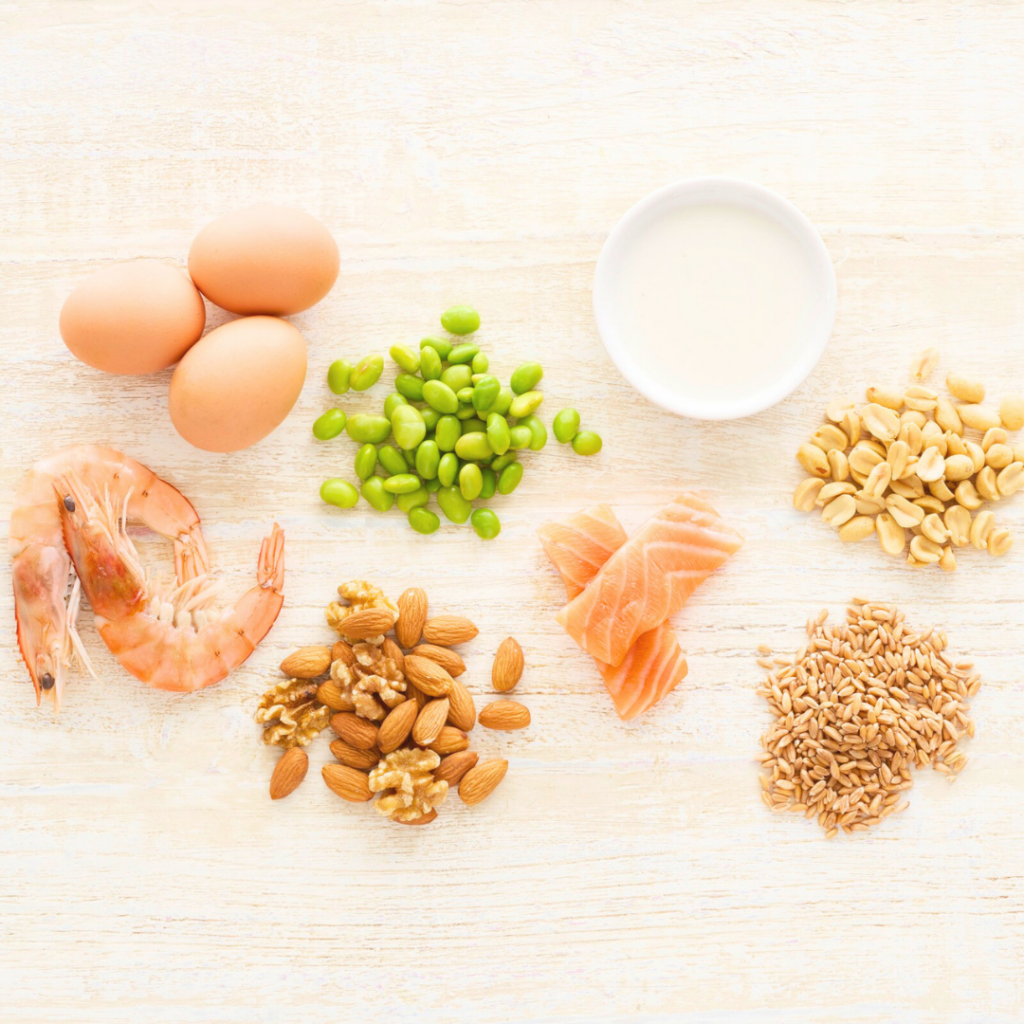
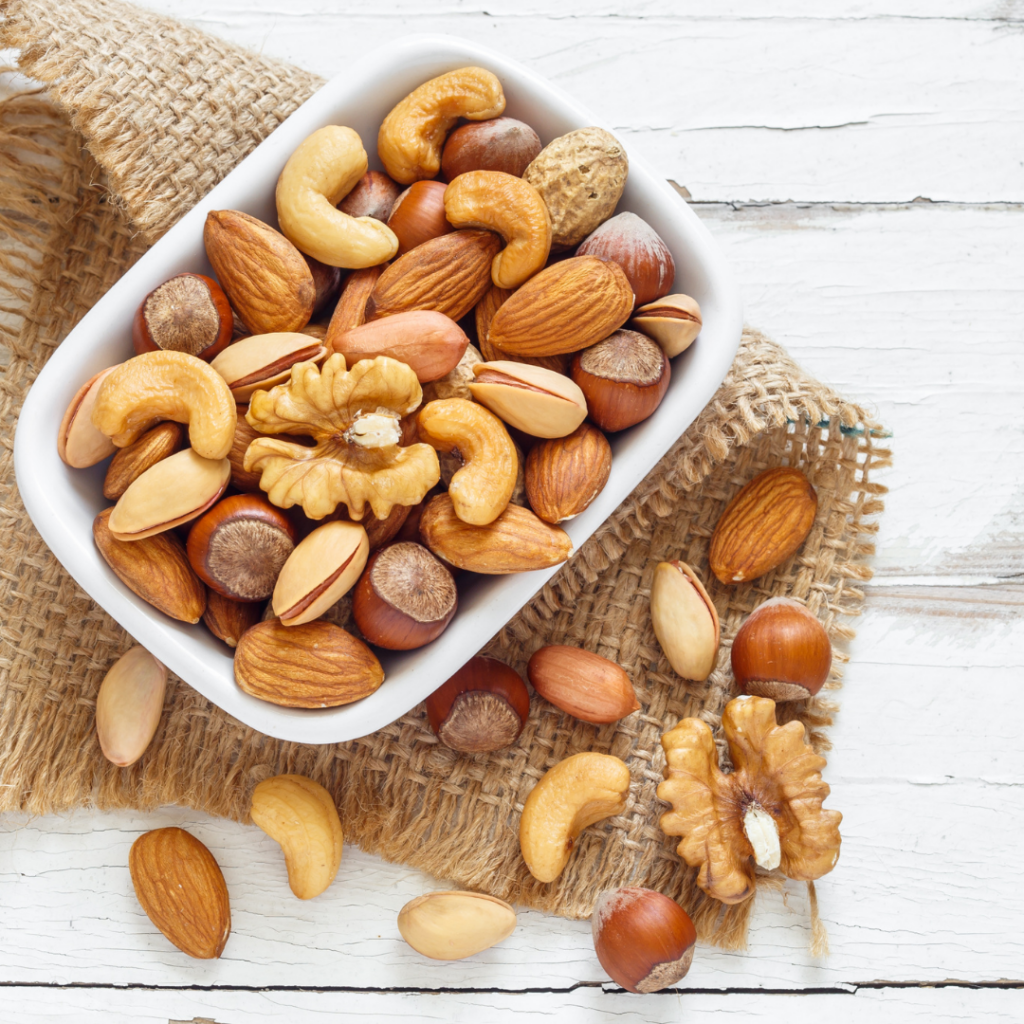







4 Comments
Hello!
Good luck 🙂
Thanks for your comment 🙂
Foods like mashed bananas and boiled potatoes are excellent for including in a baby’s diet. These are staples in Indian kitchens and are perfect for helping babies gain weight.
Completely agree! Potatoes and bananas are great foods for babies when starting solids! Thanks for sharing 🙂